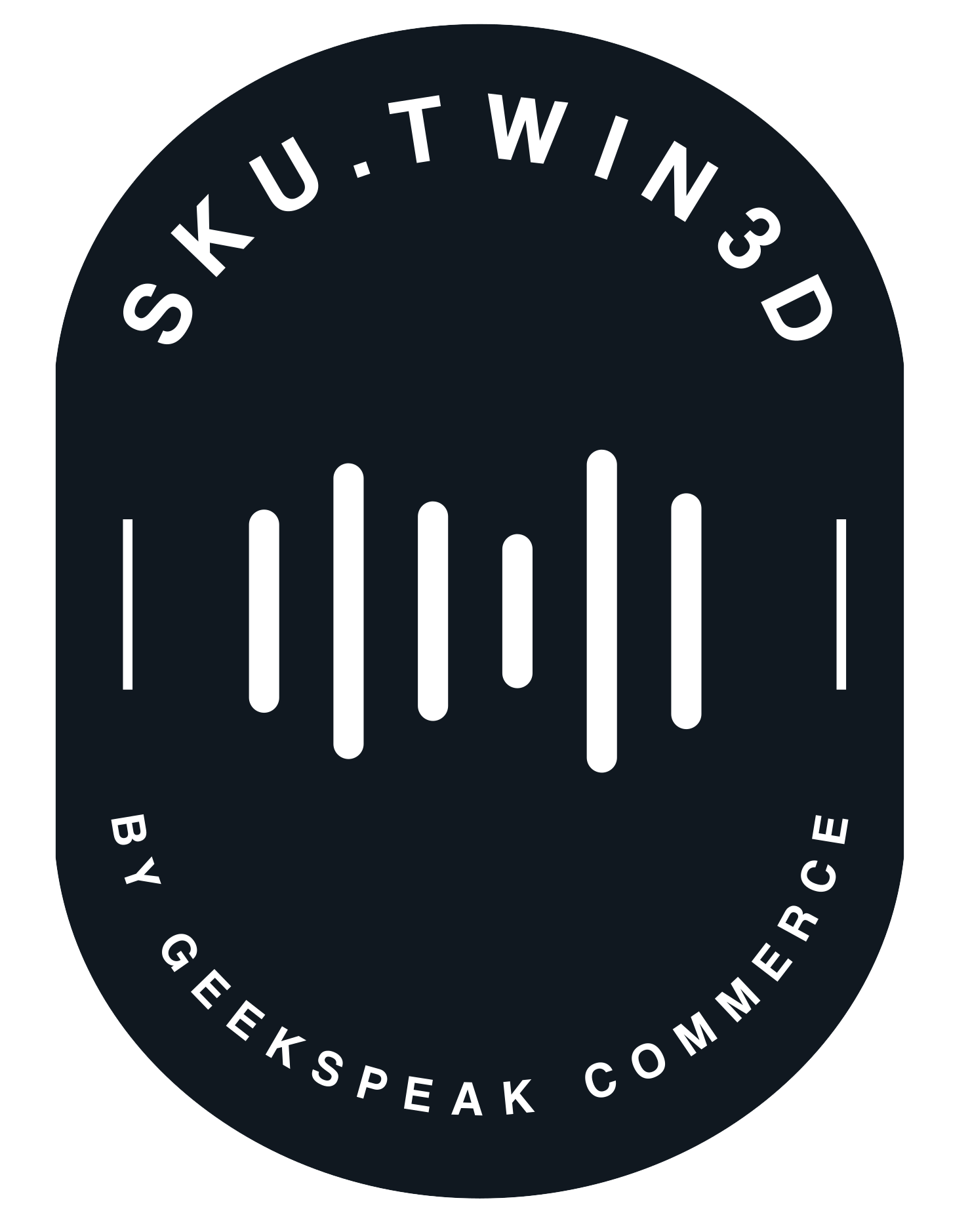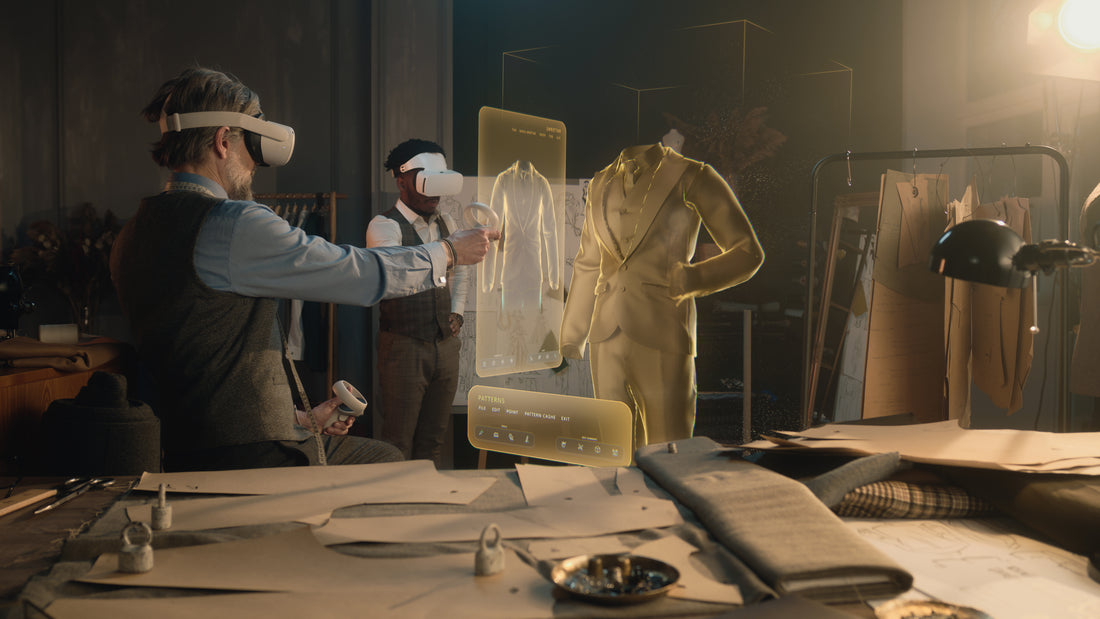In the digital age, technological advances like 3D modeling and Augmented Reality (AR) are not just futuristic buzzwords. They are reshaping consumer shopping behavior and helping ecommerce businesses boost their Average Order Value (AOV). The AOV is a critical metric for online retailers, indicating the average amount spent by a customer in a single transaction. As competition intensifies in the ecommerce space, businesses are exploring innovative strategies to enhance user experience and increase sales. Let's delve into how 3D modeling and AR are elevating AOV in the ecommerce domain.
1. Enriched Product Visualization:
The inability to touch or try products has always been a limitation of online shopping. 3D modeling and AR bridge this gap. When customers can visualize products in three dimensions or place them in their environment through AR, they gain a more profound understanding of the product's look, feel, and functionality. This clarity often leads to increased confidence in purchasing higher-value items.
2. Immersive Shopping Experiences:
The immersive nature of AR, coupled with 3D modeling, provides a unique shopping experience. By allowing consumers to virtually 'try on' products, be it clothing, furniture, or cosmetics, businesses can replicate the in-store experience online. This often results in customers making more informed decisions and buying complementary items, driving up the AOV.
3. Reduced Purchase Hesitation:
3D modeling and AR reduce uncertainties associated with online shopping. When customers can visualize how a sofa looks in their living room or how a pair of shoes fits, it eliminates guesswork. This clarity often nudges customers towards premium products, knowing they fit well with their requirements.
4. Upselling and Cross-Selling Opportunities:
AR apps can provide real-time recommendations based on the products consumers are viewing. For instance, a customer trying on a dress virtually might be shown matching accessories. By presenting complementary products within the AR experience, businesses can promote additional purchases, boosting the AOV.
5. Enhanced Engagement:
The novelty and interactive nature of AR and 3D modeling mean users spend more time engaging with products. The longer a customer interacts with products, the higher the likelihood of them adding more items to their cart, contributing to a higher AOV.
6. Building Trust and Reducing Returns:
One of the hidden benefits of AR and 3D modeling is the reduction in return rates. Returns are not only logistical challenges but also opportunities lost in maximizing AOV. By offering a comprehensive pre-purchase visualization, brands ensure that customers' expectations are met, leading to higher satisfaction levels and fewer returns.
7. Competing on Value, Not Price:
With enriched product views and immersive try-before-you-buy experiences, brands can shift the purchasing decision from price-driven to value-driven. Customers are more likely to perceive higher value from products they've engaged with on a deeper level, justifying a higher price point and increasing AOV.
The synergy of 3D modeling and AR in ecommerce offers brands an unparalleled opportunity to differentiate themselves in a crowded market. By providing immersive, engaging, and informative shopping experiences, these technologies are not just enhancing customer satisfaction but also driving critical metrics like the Average Order Value. As consumers increasingly seek enriched online shopping experiences, the marriage of AR and 3D modeling will undoubtedly play a pivotal role in shaping the future of ecommerce.
Explore more about the power of 3D modeling in ecommerce here.

